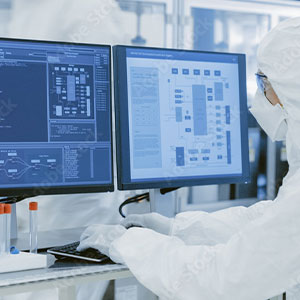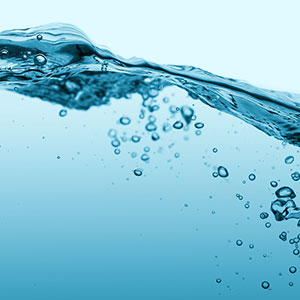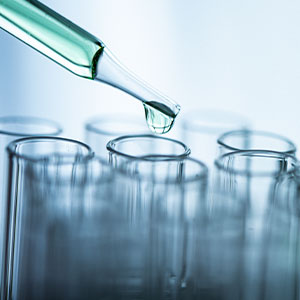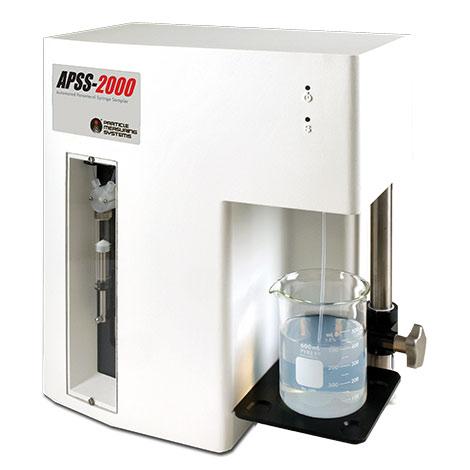
Counting Efficiency and Comparison of Particle Counters
Some users believe it is necessary to divide the particle counts of non-volumetric particle counters by the counting efficiency (CE) at the lower limit to establish the “true” concentration of particles in the fluid system. Other users do not understand why two, similar-sized channels of particle counters with different limits of detection do not report the same value. This paper will discuss the science behind these differences and alleviate concerns that come from the characteristics of non-volumetric particle counters.



